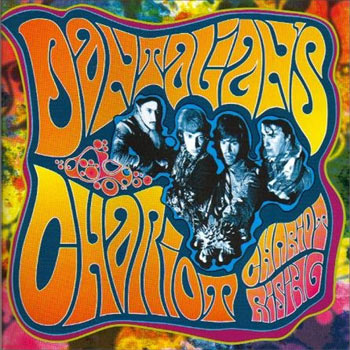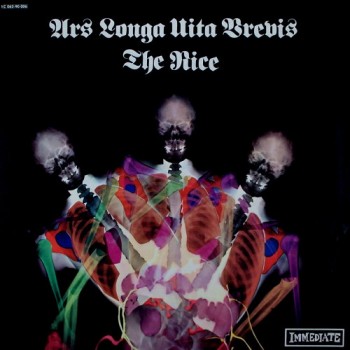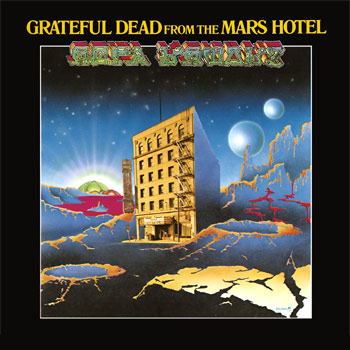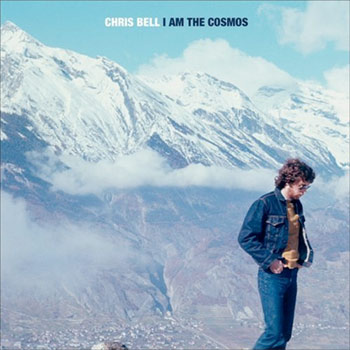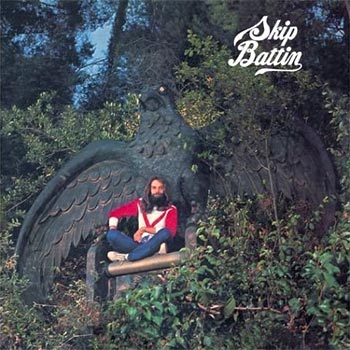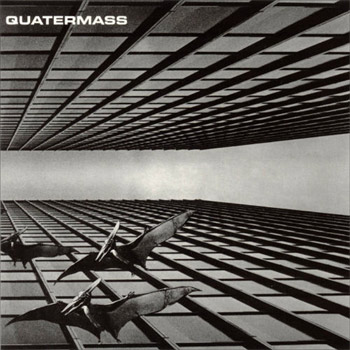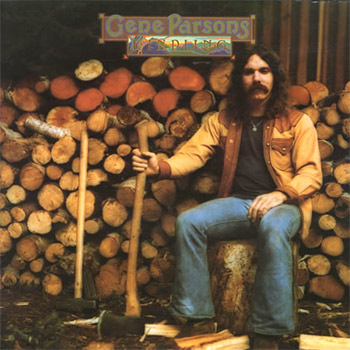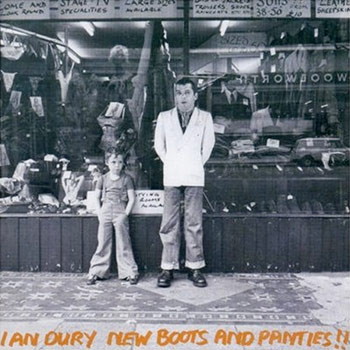Fleetwood Mac “Then Play On”
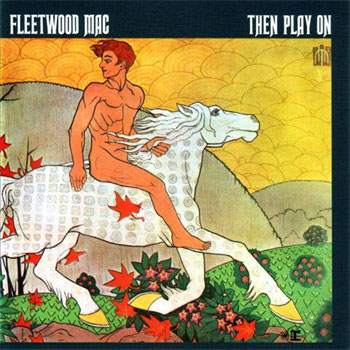
At the time of its release an air of mystery pervaded the third studio album proper from Fleetwood Mac. The new, sombre product displayed a seemingly inexplicable change of direction from the preceding high-octane blues-fuelled style. The previously irrepressible Jeremy Spencer is totally absent from the recordings apart from one or two alleged (and inaudible) background piano noodlings, though he appears smiling broadly in the band’s back cover picture. The diminution of Peter Green’s dominance, already clear from the second album, is evinced even further here. Shouldering the new responsibilities is unknown wunderkind guitarist Danny Kirwan, given an unprecedented five (originally seven, but two deleted to allow retrospective inclusion of Green’s double-sided single Oh Well) of the individual songwriting credits.
After the rollicking ebullience of the earlier records, the music of Then Play On is often spare and bleak, largely instrumental and, in the case of Green’s compositions, world-wearily sad, both musically and lyrically; the seeds of his later disillusionment, depression and eventual schizophrenia can be clearly heard here. His songs retain a blues flavour, but it’s more oblique, almost incidental. Kirwan’s compositions are more harmonically complex and somewhat more upbeat, but still wistful enough to gracefully complement Green’s songs. What’s most remarkable is the empathy between the two guitarists, who intertwine seamlessly, stylistically and melodically, with just Kirwan’s sharper tone, more pronounced vibrato and generally higher-register playing the difference. Green probably never found a more empathic performance partner, Kirwan a more accommodating mentor. Mick Fleetwood’s drumming is inventive and varied throughout whilst never being overbearing; John McVie’s bass work metronomically understated as ever. For me the highlights are Green’s multifaceted nine-minute masterpiece Oh Well, the energetic guitar jam Searching For Madge / Fighting For Madge which benefits from some fine, mildly lysergic studio editing, Kirwan’s delightful instrumental My Dream and Green’s almost unbearably downbeat closer Before The Beginning.
Retrospectively this can be seen to be one of the great transitional albums, marking the departure of one of rock’s guitar legends and the start of the first and longest of several turbulent periods for what would become one of rock’s institutions. The absence of the unpredictable Spencer is now thought to be due to a lack of enthusiasm for Green’s downer songs, a theory supported by his making a solo album at the same time . . . to which the other Mac members all contributed. Kirwan’s sudden prominence in the band might have been due at least in part to a romantic attraction on the part of Green, who nicknamed him young eyes. And Green’s now universally known psychiatric problems explain his reducing control and ensuing exit. The historical context isn’t necessary to appreciate this haunting, introspective album, but it helps.
“My Dream”
![]() Original Vinyl | 1969 | Reprise | search ebay ]
Original Vinyl | 1969 | Reprise | search ebay ]
